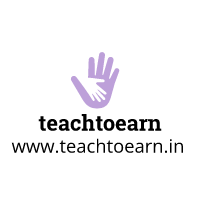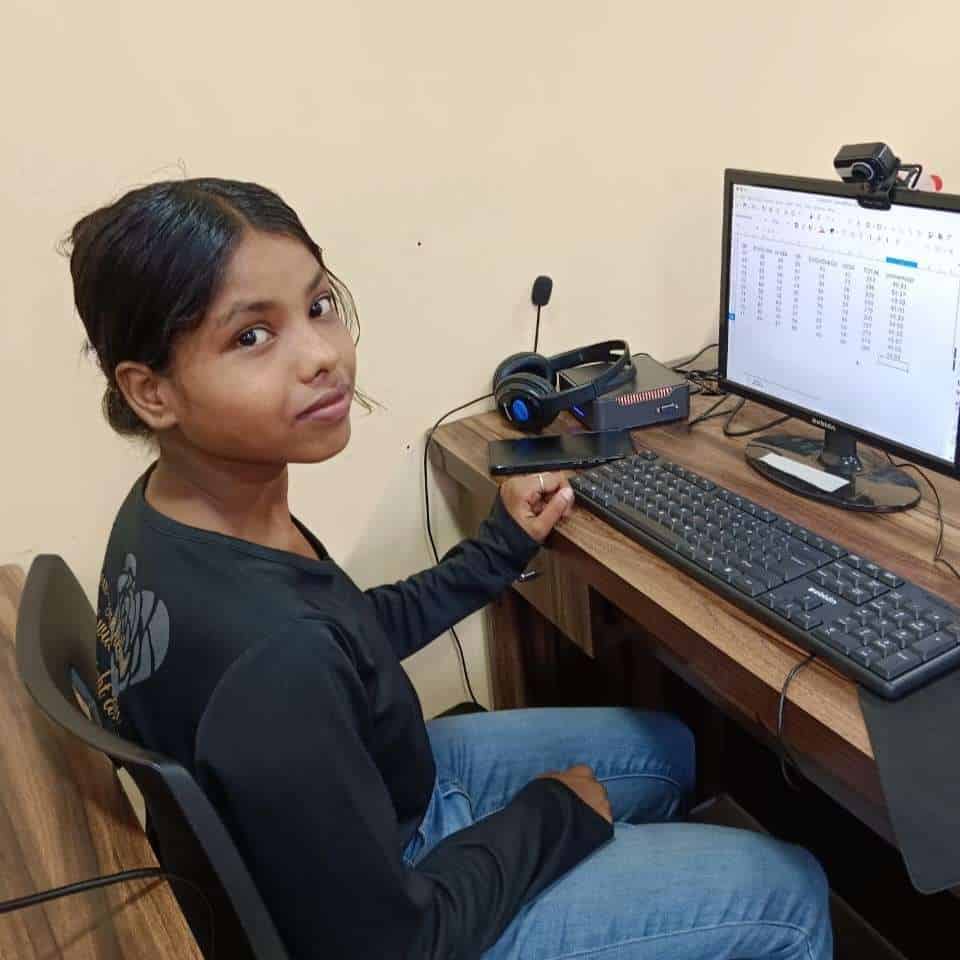
Are you a student who finds the traditional school subjects dull and yearns to explore the vast digital world? Do you want to break free from the monotony of conventional learning and unlock the door to a realm of endless possibilities? In the age of technology, having a personal computer is not just a luxury but a necessity for every student aspiring to thrive in the dynamic educational landscape.
The Plight of Conventional Learning
Many students feel confined by the constraints of traditional classrooms, grappling with textbooks and lectures that fail to ignite their curiosity. The world is changing, and education must evolve to meet the needs of the digital age. This is where the significance of personal computers in education becomes apparent.
The Power of PCs in Learning
Imagine a student equipped with a personal computer, delving into interactive learning experiences, immersive educational games, and accessing a universe of information at the click of a button. Here lies the transformative potential of PCs—enabling students to explore beyond the confines of textbooks and worksheets.
Teach to Earn: Your Gateway to Digital Empowerment
Having a personal computer (PC) can be highly beneficial for students in various aspects. At Teach to Earn, we understand the challenges students face in the traditional learning environment. We believe in harnessing the power of technology to redefine the educational experience.
The Teach to Earn Advantage :
-
- Research and Information Access: The internet is a vast source of information, and having a PC allows students to access a wealth of knowledge for research purposes. Online databases, academic journals, and e-books can be easily accessed and utilised for academic projects.
-
- Word Processing and Documentation: PCs provide essential tools for word processing, allowing students to create and edit documents, essays, and reports efficiently. Software like Microsoft Word, Google Docs, or LibreOffice can enhance writing and editing capabilities.
-
- Communication and Collaboration: PCs enable communication through email, messaging apps, and video conferencing tools, facilitating collaboration with peers and teachers. Online platforms like Google Workspace or Microsoft 365 support collaborative work on shared documents and presentations.
-
- Learning Management Systems (LMS): Many educational institutions use online platforms for course materials, assignments, and communication. Having a PC makes it easier to engage with these systems.
-
- Programming and Coding: For students studying computer science or related fields, a PC is essential for coding and programming assignments and development environments, and compilers are typically designed for PC use.
-
- Multimedia Creation and Editing: Students involved in projects requiring multimedia elements, such as presentations, videos, or graphic design, benefit from the capabilities of a PC, and software like Adobe Creative Cloud is often used for multimedia creation and editing.
-
- Online Learning and Courses: With the rise of online education, having a PC is crucial for participating in virtual classrooms, attending webinars, and completing online courses.
-
- Organisation and Productivity: PCs offer a range of productivity tools and applications that help students stay organised, manage schedules, and create to-do lists. Calendar apps, task management tools, and note-taking software can enhance organisational skills.
-
- Access to Educational Software: Many educational software applications are designed to run on PCs, providing additional resources and tools for learning specific subjects.
-
- Preparation for the Workplace: In today’s technology-driven workplace, proficiency with computers is often a prerequisite. Having a PC and being comfortable with various software applications can give students a competitive edge in the job market.
Bridging the Gap: PC vs. Conventional Learning
| Aspect | Kid Using PCs for Education | Kid Learning in a Conventional Way |
| Access to Information | Instant access to a vast array of online resources, e-books, and educational websites. | Limited to information available in textbooks and classroom materials. |
| Engagement and Interactivity | Interactive lessons, educational games, and multimedia resources make learning dynamic and engaging. | Learning methods may be more traditional, relying on lectures and printed materials with limited interactivity. |
| Adaptability and Customization | Personalised learning experiences tailored to the individual’s pace and learning style. | One-size-fits-all approach, with limited room for customization based on individual needs. |
| Collaboration and Communication | Seamless communication with peers and teachers through online platforms and collaborative tools. | Limited collaboration, with face-to-face communication being the primary mode. |
| Digital Literacy Development | Exposure to various digital tools and technologies fosters digital literacy skills. | Limited exposure to digital tools could potentially hinder the development of crucial digital literacy skills. |
| Availability of Educational Tools | Access to a plethora of online educational tools and software for diverse subjects. | Limited availability of educational tools, primarily relying on textbooks and traditional teaching aids. |
| Flexibility in Learning Environment | Learning can take place anywhere with an internet connection, providing flexibility. | Tied to a physical classroom, limiting flexibility in learning environments. |
| Real-time Feedback and Assessment | Immediate feedback on assignments and assessments through online platforms. | Feedback may be delayed, with assessments typically conducted in traditional formats. |
| Preparation for Future Workforce | Exposure to digital technologies prepares students for the technology-driven workplace. | Limited exposure to digital tools may put students at a disadvantage in future careers. |
Unlocking Opportunities: Affordable PCs from Teach to Earn

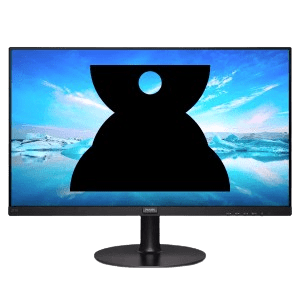
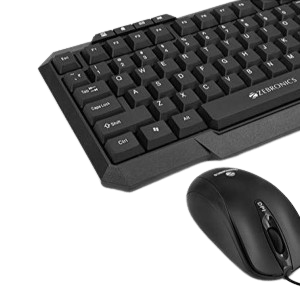
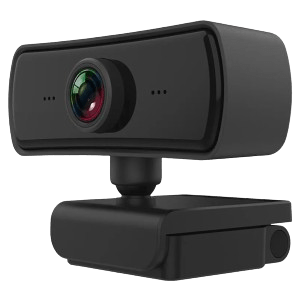
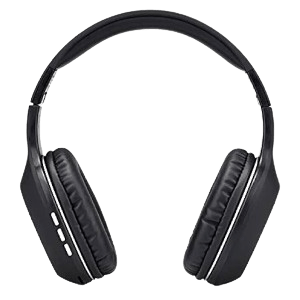
Teach to Earn observes the financial challenges that students often face and is dedicated to breaking down barriers to digital freedom. In acknowledgment of these limits, we are happy to present a unique chance for students to receive personal computers at a subsidised rate of Rs. 10,000 only. These are PCs specially designed for education and are manufactured by Selligion where we have vast resources of tools required for your or your kid’s education. Our PCs come as a complete set, which includes a CPU , monitor, keyboard, mouse, headphones, and a webcam. Everything you require as a whole. Our goal is based on the belief that every student should have access to the tools needed for academic success, irrespective of their financial circumstances. By providing affordable PCs, we aim to bridge the gap between those who have easy access to technology tools and those who face financial constraints. This effort is a significant step towards building a more open and fair educational environment, ensuring that all students can harness the power of technology for their learning journey.
Join Now and Be A Part of India’s Digital Literacy Revolution!
Are you ready to break free from the conventional learning model and embrace the digital future? Join Teach to Earn now and become part of India’s largest growing digital literacy-empowering organisation. Click the “Buy Now” button and embark on a journey to a brighter, more connected educational experience. You can also WhatsApp us or contact us at contact.teachtoearn@gmail.com. Together, let’s redefine learning for a new generation!
